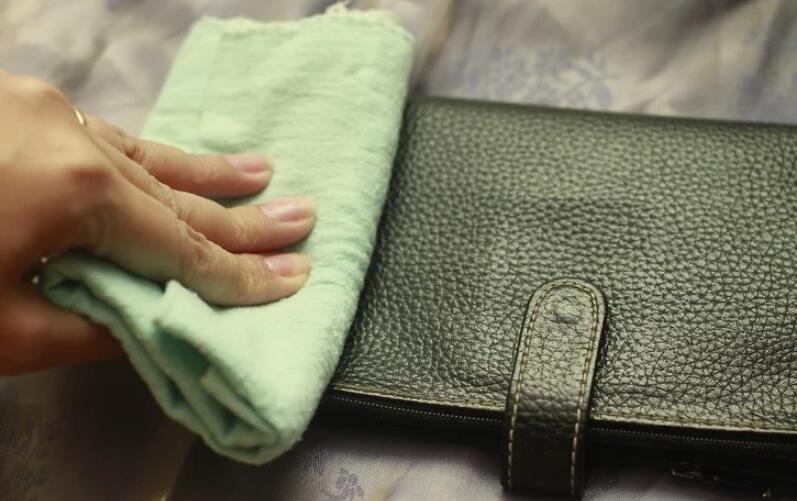What are you looking for?
Search
Professional techniques for the care and restoration of premium leather and silk
 preserving both their monetary and sentimental value.
preserving both their monetary and sentimental value.
Silk Preservation: Protecting Delicate Beauty
As one of the most delicate luxury materials, silk requires scientifically-informed care to maintain its vibrant colors and distinctive hand-feel.
Understanding Silk Composition
-
Natural protein fibers vulnerable to UV degradation and perspiration damage
-
Dyes penetrate deeply but remain sensitive to alkaline environments
-
Weight and weave density determine appropriate cleaning methods
Professional Cleaning Protocols
-
Spot Treatment: Use silk-specific cleaner with gentle dabbing motions
-
Hand Washing: When necessary, use cold water with specialized silk detergent
-
Drying Techniques: Lay flat on clean towels, reshaping while damp
-
Pressing Method: Low-temperature iron through protective cloth
Storage Innovations
-
Roll rather than fold to prevent permanent creasing
-
Use acid-free paper between layers for long-term storage
-
Incorporate natural repellents like lavender sachets
-
Implement climate monitoring with digital hygrometers
Cashmere and Specialty Wool Care: Maintaining Luxurious Texture
Fine wools represent investments that improve with proper care through years of wear.
Fiber Science Fundamentals
-
Wool scales open in warm, alkaline environments causing shrinkage
-
Cashmere's hollow fibers provide insulation but require gentle handling
-
Blended fabrics require composite care approaches
Washing Methodology
-
Water Temperature: Lukewarm (30°C/86°F maximum)
-
Detergent Selection: PH-neutral wool-specific formulations
-
Drying Process: Lay flat on mesh racks to maintain shape
-
Storage Preparation: Ensure complete dryness before seasonal storage
Pilling Management
-
Use specialized fabric shavers rather than manual removal
-
Address pilling after cleaning when fibers are relaxed
-
Recognize that minimal pilling indicates quality, not deficiency
Advanced Stain Removal: Science-Based Solutions
Organic Stains (Wine, Coffee, Food)
-
Immediate action: Blot, never rub, with clean cloth
-
Professional treatment: Enzymatic cleaners break down organic compounds
-
Home solution: Diluted white vinegar for fresh stains
-
Critical reminder: Heat sets organic stains permanently
Oil-Based Stains (Makeup, Butter, Lipstick)
-
Preliminary treatment: Cornstarch absorption overnight
-
Professional approach: Degreasing solvents specifically formulated for luxury materials
-
Home method: Mild dish soap solution for initial treatment
-
Important note: Multiple gentle applications outperform single aggressive treatment
Specialized Material Challenges
Suede and Nubuck Rehabilitation
-
Daily Care: Use specialized brushes following nap direction
-
Stain Treatment: Employ erasers and gum specifically designed for napped leathers
-
Professional Protection: Apply fluorocarbon-based repellents
-
Storage Considerations: Use upright positions to prevent crushing
Exotic Skin Specifics
-
Crocodile/Alligator: Requires scale-by-scale conditioning
-
Ostrich: Quill follicles need specialized soft-bristle cleaning
-
Lizard: Avoid oils that loosen scale adhesion
-
Stingray: Extremely durable but requires unique conditioning approaches
Comprehensive Restoration: When Pieces Need Revival
Assessment Protocol
-
Document condition with high-resolution photography
-
Test cleaning and dyeing methods on inconspicuous areas
-
Provide detailed cost estimates before proceeding
-
Establish realistic outcome expectations
Structural Rehabilitation
-
Re-stitching: Match original thread type and stitching technique
-
Reinforcement: Address stress points before failure occurs
-
Re-lining: Replace deteriorated linings with archival-quality materials
-
Hardware Replacement: Source period-correct fittings
Cosmetic Restoration
-
Color Refresh: Custom-mixed dyes applied by airbrush technique
-
Patina Preservation: Maintain desirable aging while addressing damage
-
Surface Reformation: Heat and moisture techniques for reshaping
-
Finishing: Replicate original sheen and hand-feel characteristics
Innovative Storage Solutions for Collectors
Customized Environments
-
Install museum-grade UV filtering on display case glass
-
Implement active humidity control systems
-
Use archival-quality materials for all direct contact
-
Design rotating display schedules to minimize light exposure
Digital Documentation
-
Maintain detailed conservation records
-
Photograph pieces from multiple angles annually
-
Track environmental conditions with smart sensors
-
Create digital twins for insurance and preservation planning
Emergency Preparedness: Crisis Management
Immediate Response Protocols
-
Water damage: Blot excess moisture, stuff with absorbent paper, dry slowly
-
Mold discovery: Immediate isolation, gentle surface cleaning, professional assessment
-
Color transfer: Specialist cleaning before transfer becomes permanent
-
Structural damage: Temporary stabilization until professional repair
Professional Network Development
-
Identify material-specific specialists before needs arise
-
Establish relationships with museum conservation departments
-
Verify credentials and request references for restoration work
-
Maintain updated inventory with photographic documentation
Conclusion: The Legacy of Care
Advanced luxury preservation represents both science and philosophy—a commitment to honoring craftsmanship through knowledgeable stewardship. By implementing these sophisticated care techniques, collectors transform maintenance from routine obligation into meaningful practice, ensuring exceptional pieces deliver lifelong beauty and performance while retaining their value and stories for generations to come.

